Maryland residents familiar with the criminal justice system might have been asked to submit to a lie detector (polygraph) test to determine truthfulness. Many criminal defense attorneys argue that this method is flawed and affected by human frailty.
In criminal defense cases, lie detector tests rarely hold up in court, but professionals use the information to indicate whether the person is telling the truth.
The lie detector machine bases its determination on the physiological response, which results from nerves and stress. Other lie detection methods use similar responses but also use additional factors. In habitual liars, science cannot prove truthfulness one hundred percent of the time.
Facial analysis lie detection
In ancient history, people were judged untruthful if they produced low saliva when spitting or if their tongue blistered when a heated instrument was applied, if their sweat increased under questioning or if their blood pressure increased.
Any reaction to the interrogation was considered a sign of deceit.
Science still uses facial tics, sweating or dry mouth to determine truthfulness. Some other facial movements that indicate deception is looking to the left or right, up or down or appearing to search for ways to answer questions.
This method is also challenged because similar physiological reactions occur under stressful conditions like grief and fear.
Body language lie detection
Body language suggests to a polygrapher that a person is lying if they fidget, cross their arms defensively or squirm. Criminal defense attorneys argue these are common human responses to anyone under pressure.
Furthermore, no scientific evidence proves the difference between nervous twitches from anxiety or deceit.
Body language lie detection records movement patterns such as leg shaking, averting the eyes, folding and unfolding hands, the inability to remain still and sweating.
These indicators are present in lying behavior and are used by the legal system to judge credibility. However, defense attorneys argued successfully that a client facing a prison sentence experiences the same reactions, and therefore these movements cannot determine truthfulness with 100% certainty.

